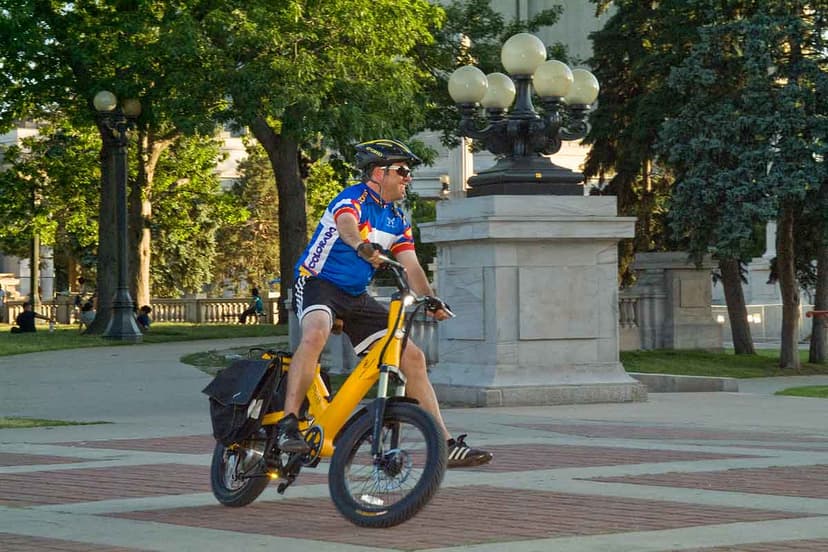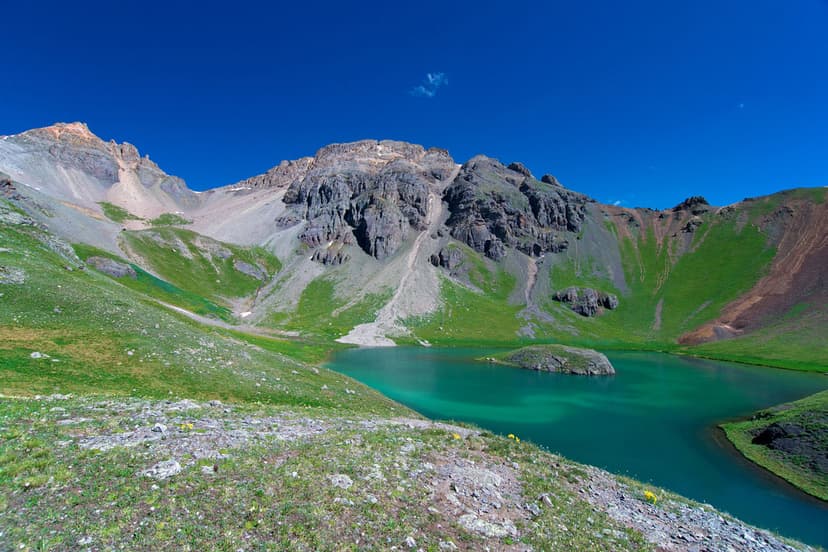Just remember: While Colorado’s trails are for everyone, it’s also important to know which trails cater more to motorized sports than other activities by paying attention to signs and researching before you go. Here’s how to get started.
First, Know About the Different Types of Vehicles
Off-roading, or recreating in a motorized vehicle, isn’t limited to just one type of machine. You can motor along the landscape in a handful of ways. OHV means “off-highway vehicle,” and the term can refer to a bevy of transportation options: all-terrain vehicles (aka ATVs), four-wheelers, dirt bikes, motorcycles, snowmobiles and more. Whatever you choose to ride, make sure it has a current Colorado OHV registration sticker (non-residents must have a permit sticker, too) and stick to OKed trails.
Let’s Cover the Basics of What’s Out There:
Full-sized 4x4 vehicles: Try a souped-up, 4x4 SUV — like a Jeep Wrangler, Toyota Land Cruiser, Land Rover Defender or something similarly designed — for a 4x4 adventure. What makes these vehicles stand apart from other SUVs is the ability to use them on rocky roads that require high clearance.
Utility terrain vehicles: UTVs are also called side-by-sides. Driving one of these babies is similar to driving an automatic car, but it’s much smaller (generally 50 or so inches across) and open on the sides. It usually seats two people, side by side, hence the moniker.
All-terrain vehicle: ATVs are nicknamed four-wheelers and quads. They’re smaller still (42–48 inches wide on average) and made to seat only one person at a time. Riders mount the machine like a bike and then balance with one leg on either side. Steering and braking is more like a bike, too.
Dirt bikes: These sporty two-wheelers can be challenging to control (you’re balancing while also managing the throttle, clutch and brakes), but here’s a perk: Once you’ve mastered the skills, you can ride them on most any Colorado trail that’s open to motorized use, which isn’t the case for many other OHVs (that are wider in width).
Snowmobiles: More of a winter lover? Try a snowmobile, which operates with the help of a clutch system and swiftly rotating gears. There are skis on either side of the machine instead of wheels. Drive it across snowy, open terrain and sometimes ice. Learn more about snowmobile and backcountry safety
Not sure where to ride? Research ahead of time (for example, the U.S. Forest Service offers downloadable Motor Vehicle Use Maps), pay attention to signs and know your vehicle’s width. Anything that’s not street legal must be transported to a trailhead via trailer.





